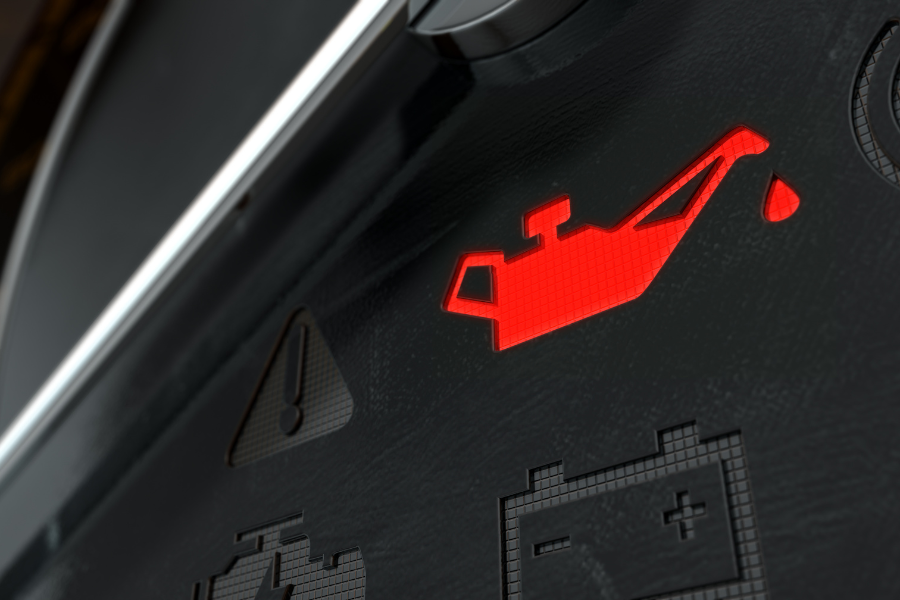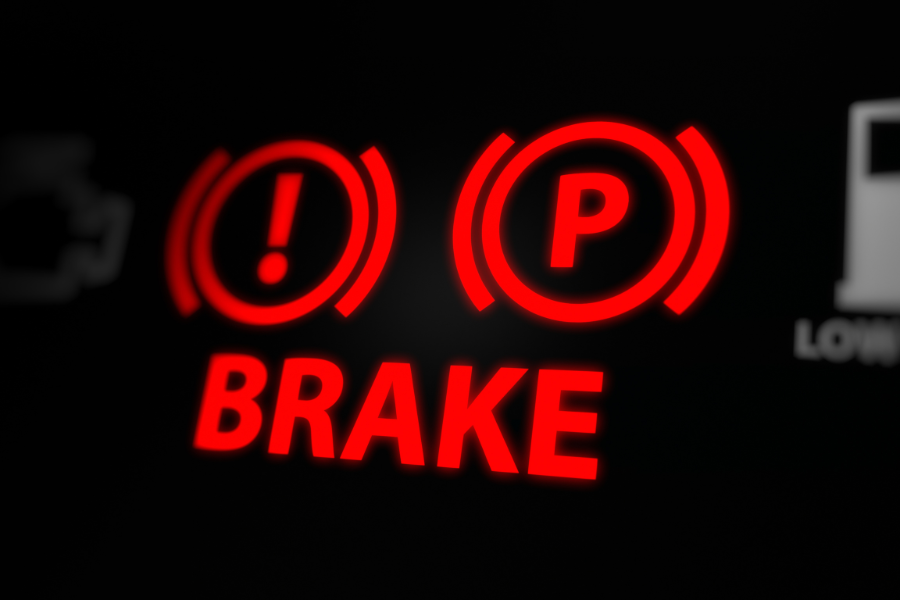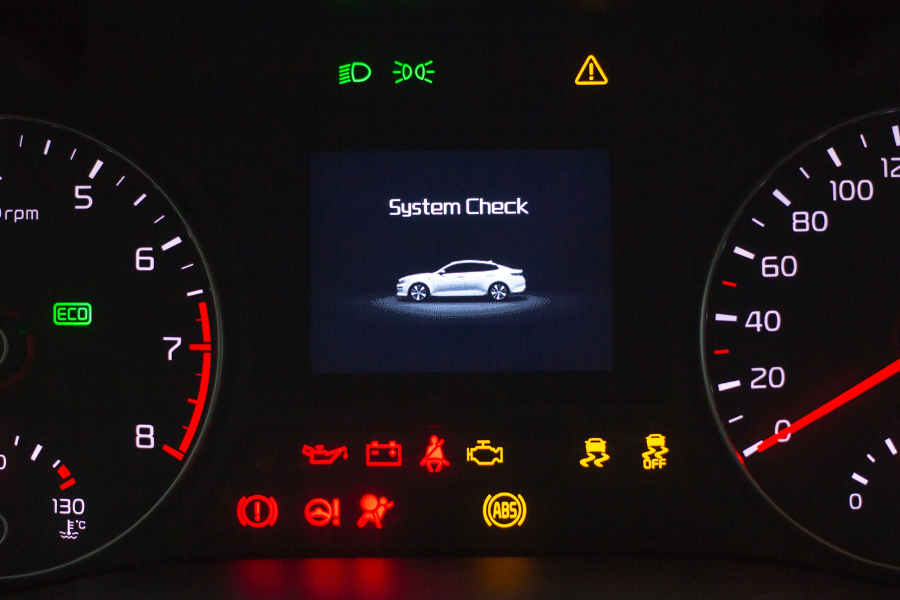If you’re someone who waits for your scheduled service to address potential problems with your vehicle, you could be putting yourself and other road users at risk – plus setting yourself up for expensive repairs in the case of a serious issue.
Although having your vehicle serviced regularly is an important part of car ownership, you should also be keeping an eye on your car in between services to make sure that you don’t miss any issues that might have cropped up. Luckily, one of the easiest places to check for warning signs is on your dashboard. Keep in mind that the icons may look different depending on the type of vehicle you have, so it’s always best to check your owner’s manual.
What are the 3 main warning lights in a car?
There are several lights on your dashboard that you may not notice until they switch on to indicate that there is an issue with your car. A handy tip is to pay attention to the colour of the symbol when it lights up. There are 3 different categories of warning lights – green, amber and red. If the light is green, it usually indicates something is working and it’s just providing you with information. Amber warning lights generally mean that some type of action is required, while a red light normally indicates a serious problem. Make sure you get in touch with one of our experts at a TAMMS Repair Centre as soon as possible if a red warning light switches on so we can get you back on the road safely.
What does the master warning light mean?
This light can either be amber or red. The red version often features text to warn you about what is wrong with the vehicle. When this light appears, it’s best to contact your local mechanic or get in touch with us at a TAMMS Repair Centre so we can find out if there are any issues and assist you with them.

Can I drive with the oil pressure warning light on?
If your oil pressure light turns on, you shouldn’t keep driving your car. This light could turn on when there’s a problem like if the oil level in your car is incorrect, if there’s a leak, or if an oil pump is damaged. All these issues are serious and could make your car unsafe to drive or cause costly damage to your car engine.
Is it safe to drive with the battery light on?
When the battery light turns on, it’s unsafe to continue driving your car. Your car battery is what keeps other electrical components of your car operational, and without it, your car will stop working completely. You’ll need to take your car to have its battery and charging system checked so that an expert can identify any faults.
What do I do if my temperature warning light comes on?
If this light is red, stop your car as soon as it’s safe to do so. This light shows that your engine is overheating, and your car could blow a head gasket if you continue driving it. Sometimes this light will be blue when you first turn on your car, indicating that the engine is cold. While your engine warms up, don’t push your car too hard to avoid damage to the engine.
Why is my brake light on?
You may be familiar with the brake light. It turns on when your hand brake is engaged so you don’t accidentally drive with it activated. However, if your hand brake is fully released and the brake light is still on, it could mean there’s a more serious issue with your brakes. You’ll need to contact an expert to take a look.

What is the tyre pressure monitoring system light?
Most cars have a tyre pressure monitoring system (TPMS) light that switches on when the tyre pressure decreases by 25 per cent or more on any of your tyres. If your tyres are underinflated, this could lead to unsafe driving conditions.
If you think your tyre pressure might be low, pull over when it is safe to do so. If your tyres don’t look low, you might be able to drive to your nearest service station and pump them up. Once you’ve checked and corrected your tyre pressure, if the light remains on, you’ll need to get your car checked by a professional.
If you are driving and notice any of these warning signs and are not sure what the problem is, don’t hesitate to give us a call at one of our TAMMS Repair Centres.






